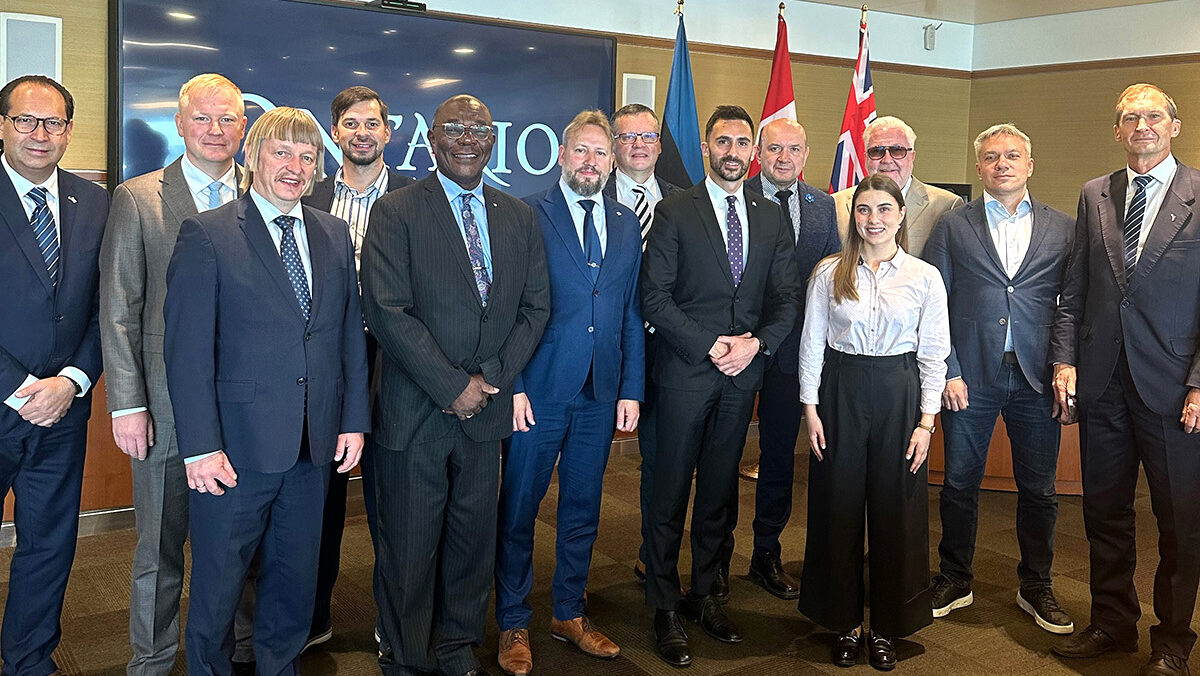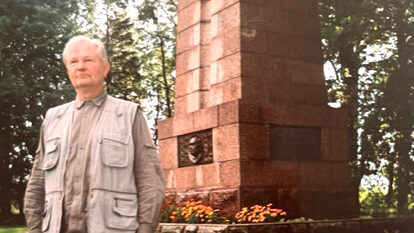Usually, the ‘founding’, the creation of a nation is cause for an annual celebration – July 1 for Canada, July 4 for the USA, February 24 for Estonia.
However, for Estonians, the August 20, 1991 Restoration of Independence as the reconstruction of the state has equal existential significance, as does the 1918 Declaration of Independence. Both actions required the unified determination of Estonians to be successful.
Of all the 105-member Supreme Soviet, 70 were present – all ethnic Estonians. Irrespective of political affiliation, 69 voted for restoration.
On August 20, we not only harken back to the crucial vote in the Estonian Supreme Soviet. We also celebrate the numerous unifying Estonian developments leading up to the vote. Here are some of the occurrences, that helped to coalesce Estonians’ joint stance supporting a unified purpose:
The unified opposition in the spring of 1987 to mining for phosphorite in north eastern Estonia influenced Moscow to cancel its plans.
On August 23, 1987, the public meeting of the MRAP initiative – the condemnation of the Molotov-Ribbentrop Pact of 1939 and the demand for official acknowledgment of it secret protocols. This was the first open demand for Estonia’s freedom and the first clearly anti-Soviet demonstration.
Become a subscriber to continue reading!
Every week we bring you news from the community and exclusive columns. We're relying on your support to keep going and invite you to subscribe.
Starting from $2.30 per week.



